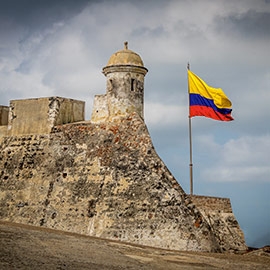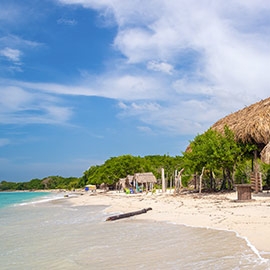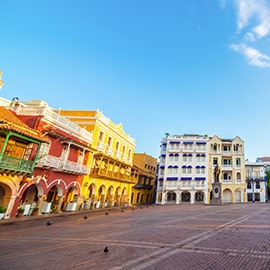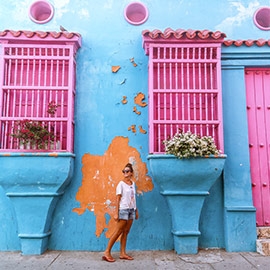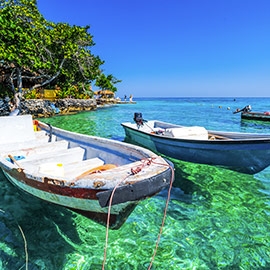Learn Spanish in Alicante - Spanish school in Alicante
Spanish courses Alicante
Our wide variety of Spanish courses in Alicante allows you to choose the program that's best aligned with your academic, professional, and personal goals. Choose intensive Spanish lessons or prepare for an offical DELE exam; take private conversation classes or do an internship in a Spanish company. We provide students with the skills they need to communicate and express themselves in any Spanish-speaking environment. At don Quijote you will find highly motivated and experienced teachers, a fun, international learning environment, and an effective methodology that guarantees your success. Gain the confidence and fluidity you need to continue using the Spanish you've learned even after you return home!
Discover our Spanish Courses
QUICK FACTS ABOUT OUR PROGRAMS
Travel Through Alicante
Alicante is a city that is easy to love; in fact, it's been voted one of the best cities in Spain to live in. It's small enough to explore on foot, but large enough to support a dynamic cultural scene and a vibrant nightlife. Spend your mornings learning Spanish in Alicante with classes at don Quijote and your afternoons marveling at historic sites such as the Santa Barbara Castle, perched on a mountain overlooking the city and the sea, savoring fresh seafood on a sunny outdoor terrace, or being inspired by places like the Archaeological Museum of Alicante or the Museum of Contemporary Art. Or, simply meander down the city’s main promenade, Paseo de la Explanada, right along the marina, and swim, surf, or take a boat ride on the Mediterranean Sea. Don't forget, Alicante's most spectacular centuries-old traditions take center-stage during the fiery San Juan festivities in the month of June.
Castillo de Santa Bárbara - Santa Barbara Castle
On top of Mount Benacantil stands the 16th-century Castle of Santa Barbara, one of Spain’s largest medieval fortresses, providing great views of Alicante’s beautiful bay. It houses a museum recounting the history of the city and containing temporary exhibitions. A must-see in Alicante and just a short walk from our school.
La Explanada de España - The Explanada of Spain
La Explanada de España is where our school is located. It is a maritime promenade that runs parallel to the port and is one of the most popular areas in Alicante. La Explanada is one of the city’s emblems and is lined on both sides with rows of palm trees and filled with cafes, restaurants, and shops.
Playa del Postiguet - Postiguet Beach
Less than 5 minutes away on foot from our school is the Postiguet beach. It is renowned for the quality of its sand, its palm tree lined boardwalk and its cafes. This, together with its proximity to the Old Quarter, makes the beach one of Alicante’s most well-known attractions.
Museo Arqueológico de Alicante - Archaeological Museum of Alicante
The Mediterranean is the history of our civilization and there is no better place to get to know it than the Archaeological Museum of Alicante. This museum has an impressive collection of ceramics and Iberian art. The exhibits offer the visitor a very visual experience.
Isla de Tabarca - Tabarca Island
Tabarca is the only inhabited island in the Valencia region and is located 22 km south of Alicante. A trip to Tabarca makes for a pleasant day trip by boat. Pack your towel and snorkel: you’ll enjoy some great underwater viewing in permitted areas. Within the island is a small village with restaurants, cafes and shops.
 Hop from city to city
Hop from city to city
Would you like to learn Spanish in multiple destinations?
Contact us, we are happy to help!
Tell us where you want to goDiscover Alicante
Thousands of years ago, the Romans called the city Lucentum, the City of Light, and Alicante's bright energy continues to shine today. A lively and cultural city, Alicante perfectly represents the Mediterranean way of life. Step outside our Spanish school in Alicante and discover Alicante’s unique character and history, and make sure to venture outside the urban center and visit nearby cities like Elche, Altea, or even the idyllic little island of Tabarca.
SAINT JOHN BONFIRES - June 20 to 24
Major festivity exclusively devoted to fire. With bonfires, parades, and burning sculptures.
RAMBLERO SATURDAY - February or March
Carnival's most important night. Thousands of people in costumes hang out in la Rambla.
MOORS AND CHRISTIANS - May 4
A festive commemoration of the Reconquista in the 13th century.
MAY CROSSES - May
Santa Cruz neighborhood is decorated with flowers and colorful ornaments to welcome May.
TERRA MÍTICA -all year round
Discover the ancient Mediterranean civilizations in this amusement and theme park.
QUICK FACTS ABOUT ALICANTE
Other destinations
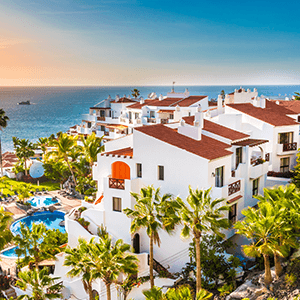 IN SPAIN
IN SPAIN
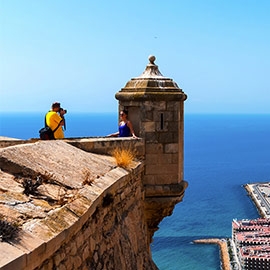
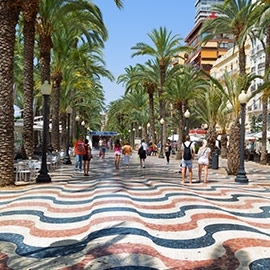
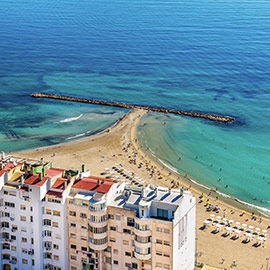
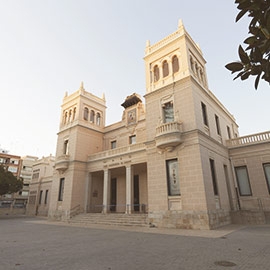
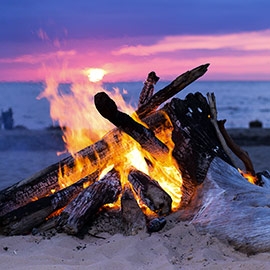
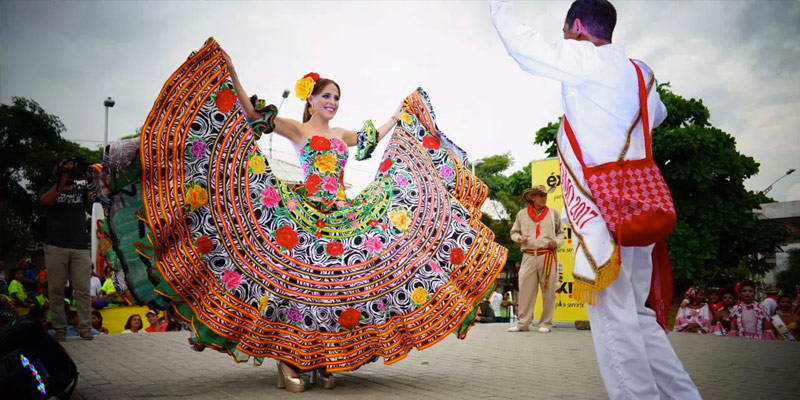 QUICK FACTS ABOUT CARTAGENA
QUICK FACTS ABOUT CARTAGENA
